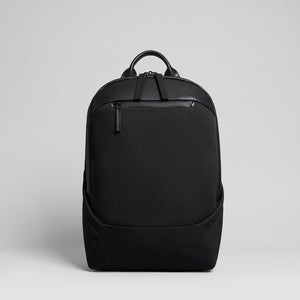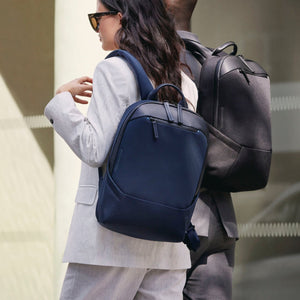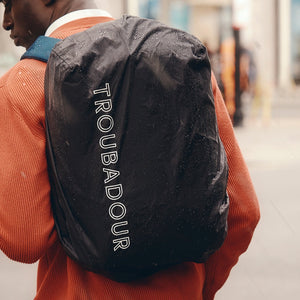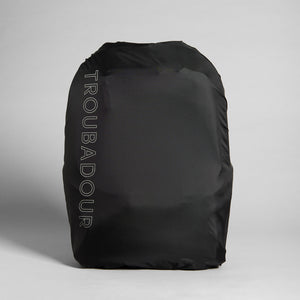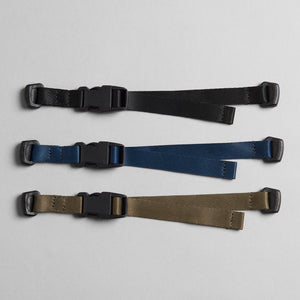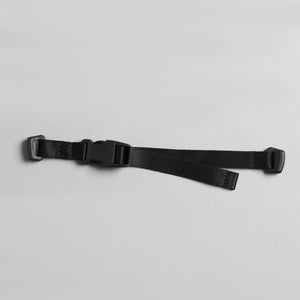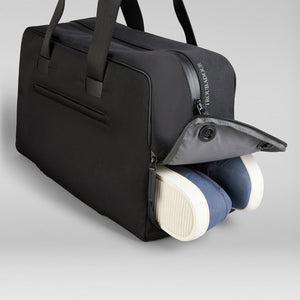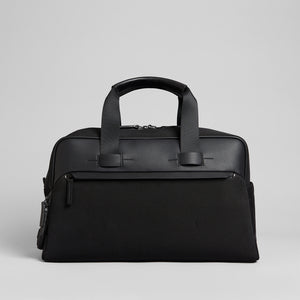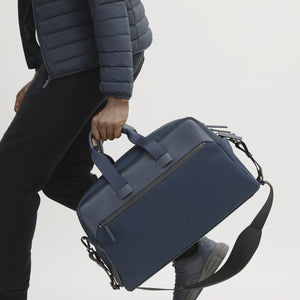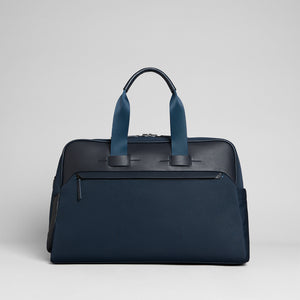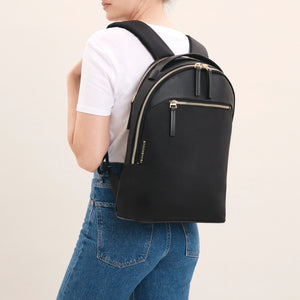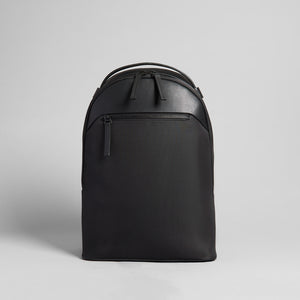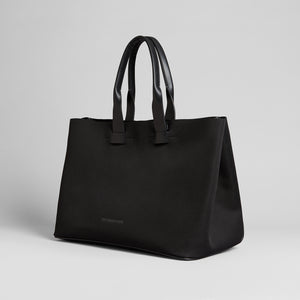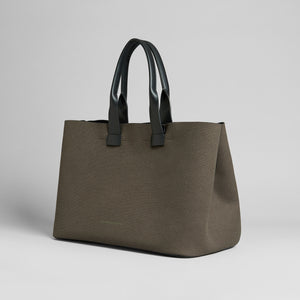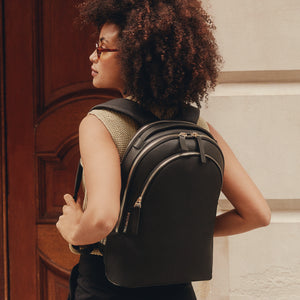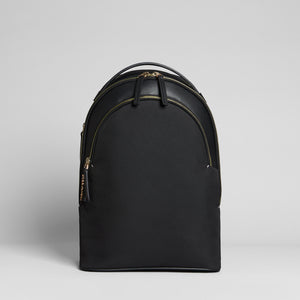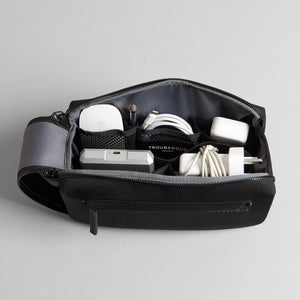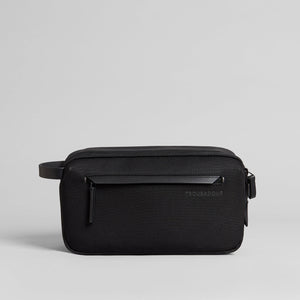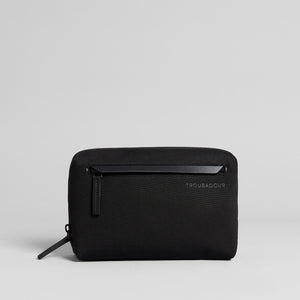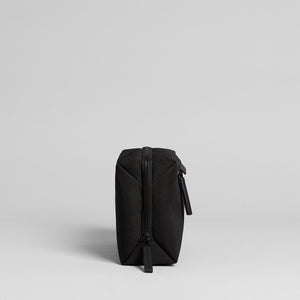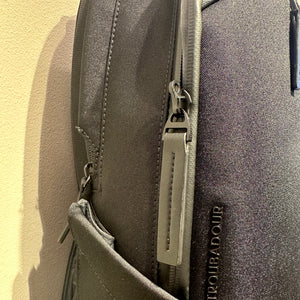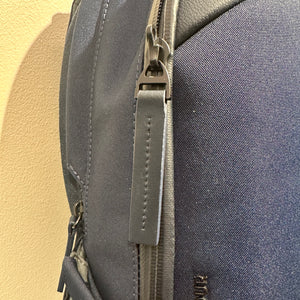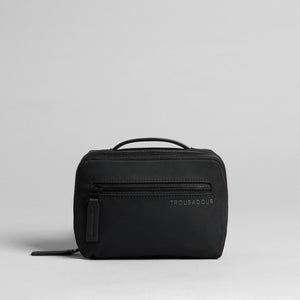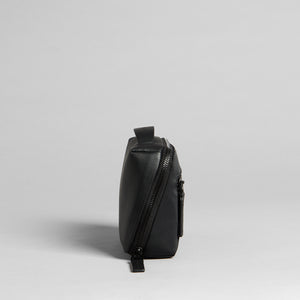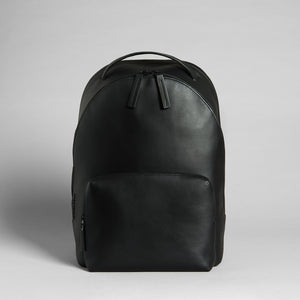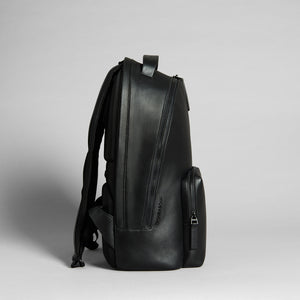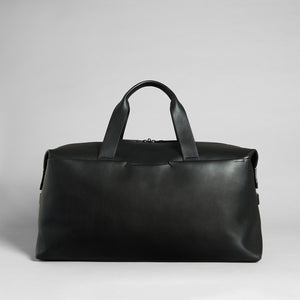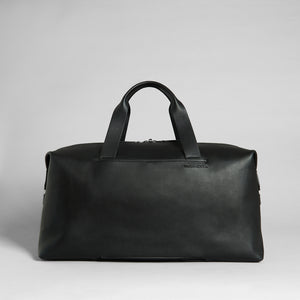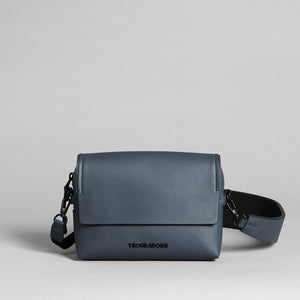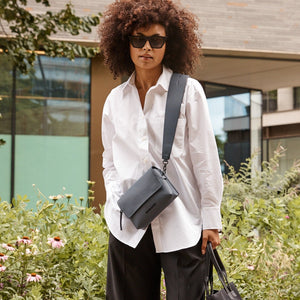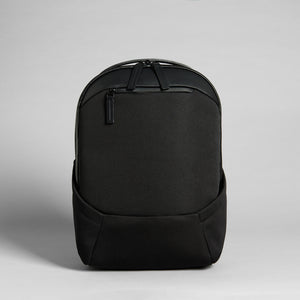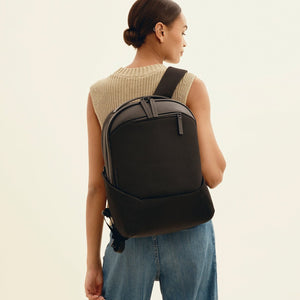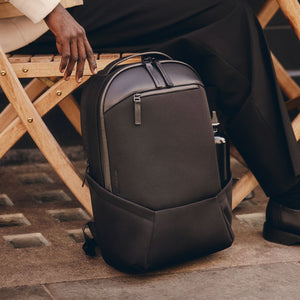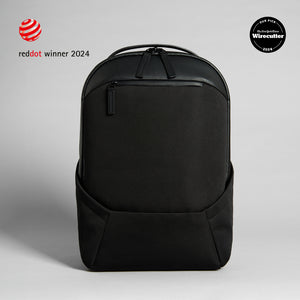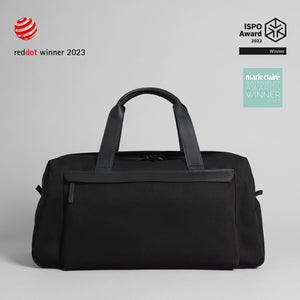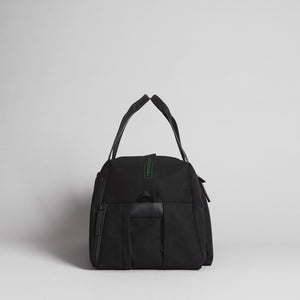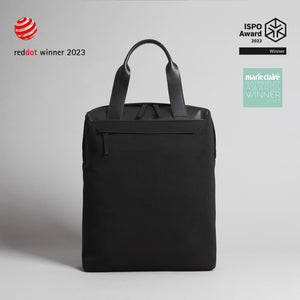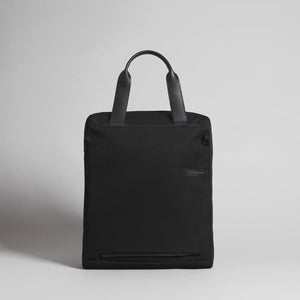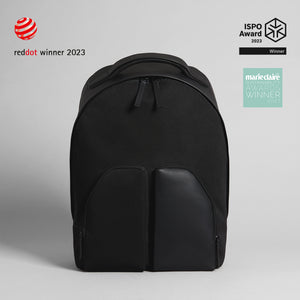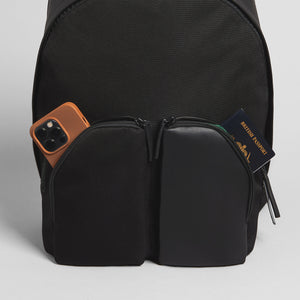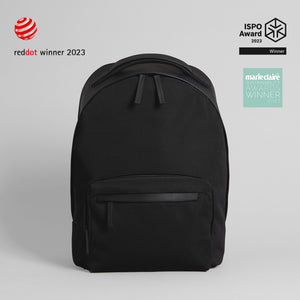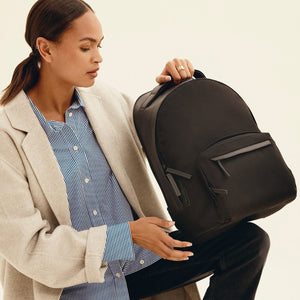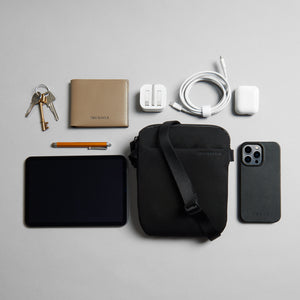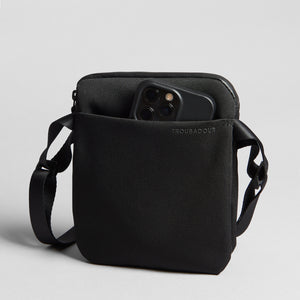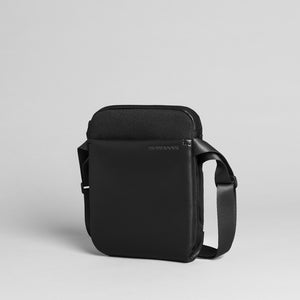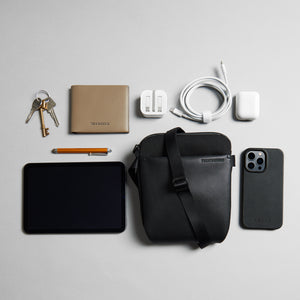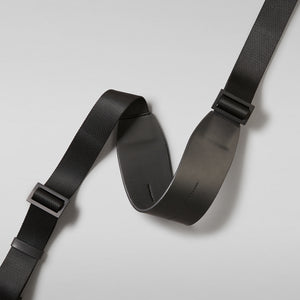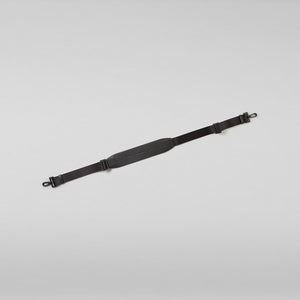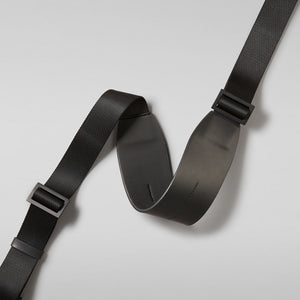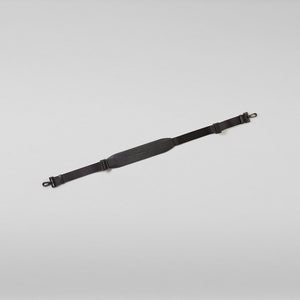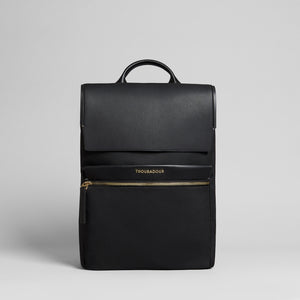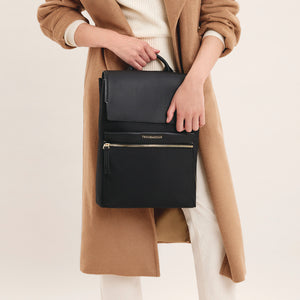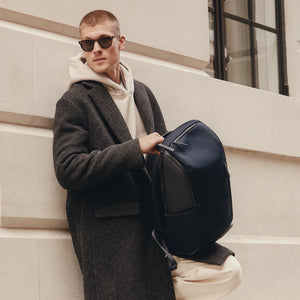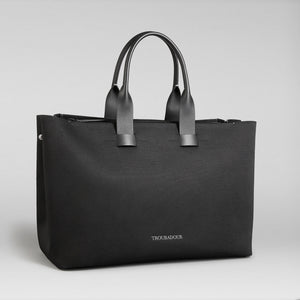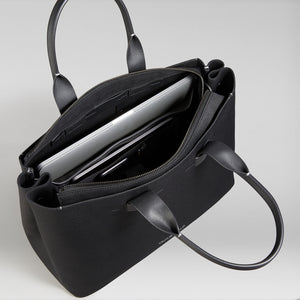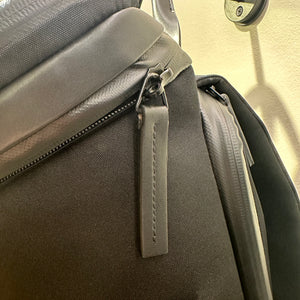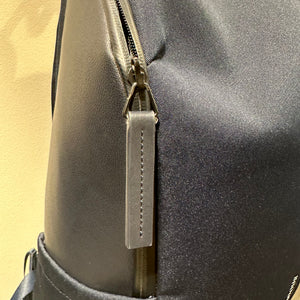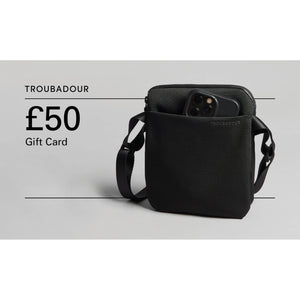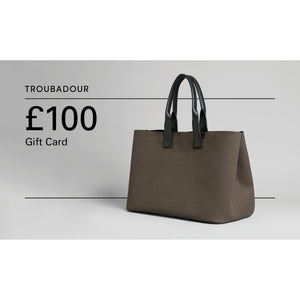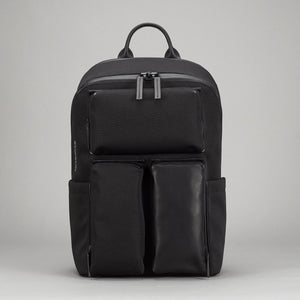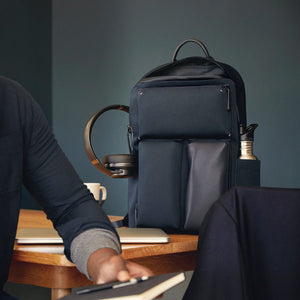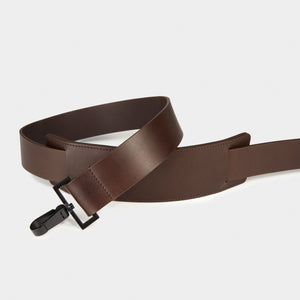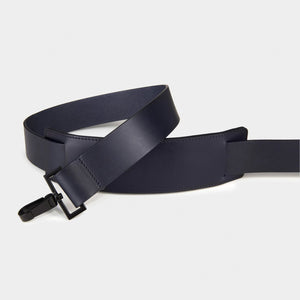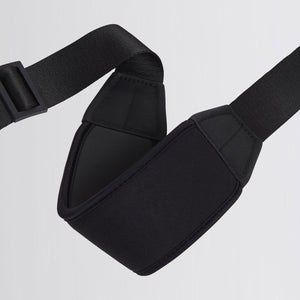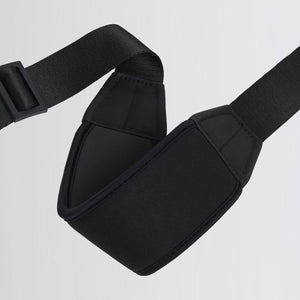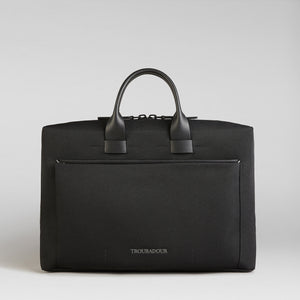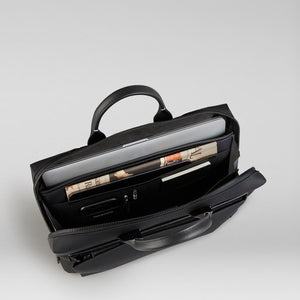Eleven Years and Three Children Later: Troubadour's Technical Bag
This article was originally published by Permanent Style.
We are grateful to Permanent Style for permitting us to republish this content.

Samuel is one of those friends who, when we sit down, makes me realise quite how long we’ve known each other. The last time I saw him, he didn’t have any kids and lived in New York. Now, he has two and lives in Switzerland. I’ve also had another in the meantime.
We first met 11 years ago when he launched the bag brand Troubadour with his friend Abel (below). In that time they’ve been through a lot of ups and downs, looking for their niche. They’re business-school guys and were constantly innovating and iterating.
When I first knew them, the pitch was the finest leather bag in the world but in a sleeker, more modern design than heritage brands. I covered them in the Financial Times. They then gradually grew more technical, at one point setting up a display at Pitti with water dripping onto a bag to demonstrate its water resistance.
Eventually they pivoted into much sportier, synthetic bags made in China. In the past four years, this has proved to be their sweetspot. They’ve now gone from selling hundreds of bags to hundreds of thousands.
What most interested me though, when we met again recently (Samuel was in town for the London marathon - he’s that kind of fitness/outdoors guy) was that their recent success has actually come from innovating in the same way they always did, often involving pretty big risks.

“The thing we’ve really seen in the past few years is that the product will win out,” says Samuel. “We started by selling a bag that was the same price as our competitors, but not as good. Then we got it to the point that it was as good. Now it’s better - lighter, more practical, more sustainable.”
A competitor in this space would be someone like Tumi, or Bellroy. It’s not a category we cover much on PS, because of the price point but mostly because of the style. But I love a product-led story, and having used the bags myself I can also add weight to the argument that Troubadour is best in class for this type of product.
The awards they’ve won and the reviews on places like Wirecutter also seem to back this up - assuaging my always-present fear that I like the product in part because I also like the person (a problem with tailoring too).

The innovation of Troubadour’s that I found the most interesting was making the first entirely recyclable bag. No one else does this - not Patagonia, not Finisterre - because in the past it was thought to be impossible.
The main issue is that to make a bag like this, you really need everything to be in the same material. That’s the only way it’s really feasible to recycle it - to grind up into pellets and use it for something else, as with a water bottle. And the biggest challenge to make something out of one material is to avoid using polyurethane (PU).
“PU is just really useful and it’s used everywhere - it’s sprayed onto the back of things to give them strength and stop them tearing,” says Samuel. “It’s light and it’s strong; vegan leather is entirely PU. But, PU is nearly impossible to recycle and once you spray it onto a material you no longer have a mono-material so you can't recycle it.” So to make the bag entirely out of polyester, they needed to find ways to make nearly every part of it in a different way, without PU.
“There’s that saying - you learn a lot through failure - and we certainly have. In fact you’ve seen us do it more than once over the years Simon!”

Those completely circular bags are now a new range, Orbis. They’re not the biggest seller by some margin, but are an indication of intent. “Even when these things don’t work, it’s a good thing for all of us to be pointing towards it, to have it as something we’re aiming for,” says Samuel.
“I’ve found that particularly as the company has grown so much in recent years - it’s a really effective way to communicate to everyone what we’re about.”
The next project is apparently welded bags - where the seams are literally two sides of the material fused together. This has the advantage of being completely waterproof, strong and lightweight. It’s been used for years for scuba bags, but they have thick coatings of TPU on the the fabric making them heavy and plasticky, and they have really boxy shapes. Troubadour's aim is to weld materials in a beautiful shape without needing heavy TPU to make it work.

The bag I initially loved 11 years ago is still available - the Generation Duffle, above - but now the calf leather is tanned using something called DriTan, which uses the same veg-tan ingredients but no extra water, making it less wasteful. The leather feels the same to me as the original did, and it should age the same way too.
The other product of theirs I’d use is the backpack (shown top), which is made from the same material. Ideally I wouldn’t have so much branding inside and out, but it is tonal on the outside, and the one I use currently for commuting, from Bennett Winch, is pretty similar there.
The Bennett Winch one is also a little cleaner in design, and I like its brass hardware. But the Troubadour is more technical, with a breathable back mesh and ergonomic straps: they’re doing different things, and will appeal to different readers.
Readers often ask about more technical accessories, and given what I’ve seen and tried, I’d certainly recommend Troubadour in that area. Unfortunately but perhaps inevitably, the bags I like are their most expensive, around £1000. But the more technical ones, like the bestseller the Apex, are a lot cheaper (below).
Troubadour has a shop in Soho on Beak Street, and a lot of retailers in the US listed here.







